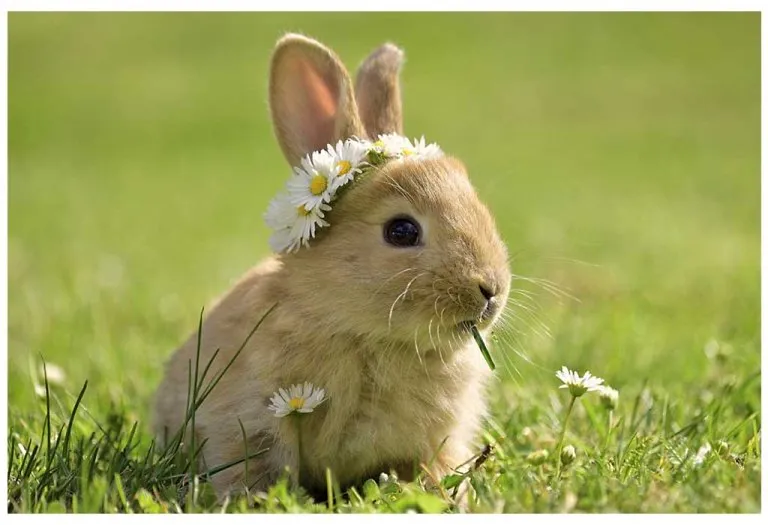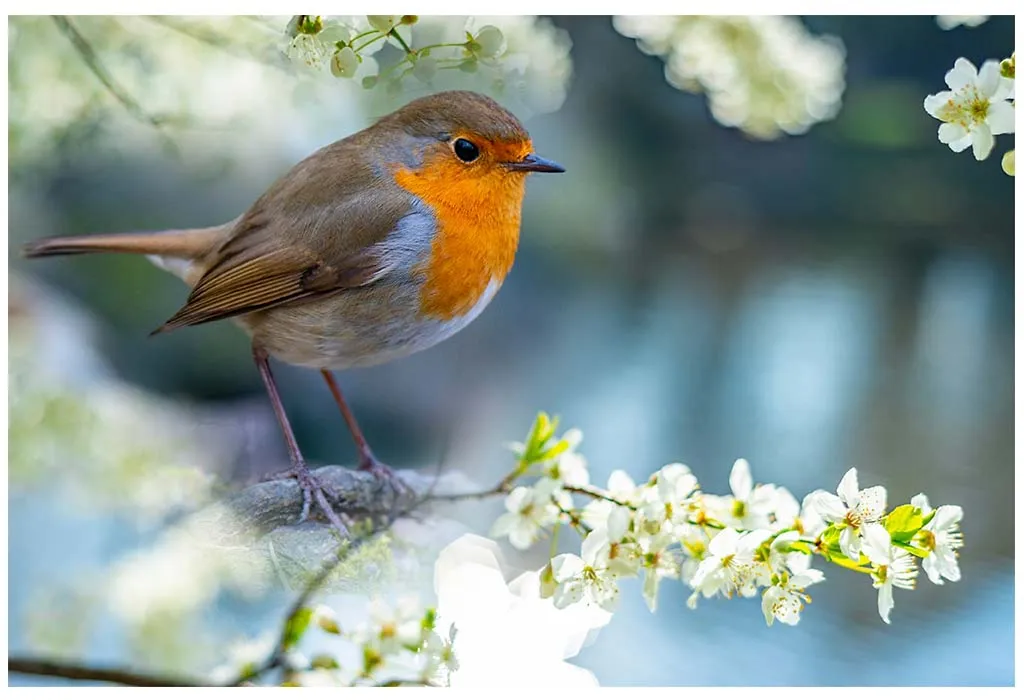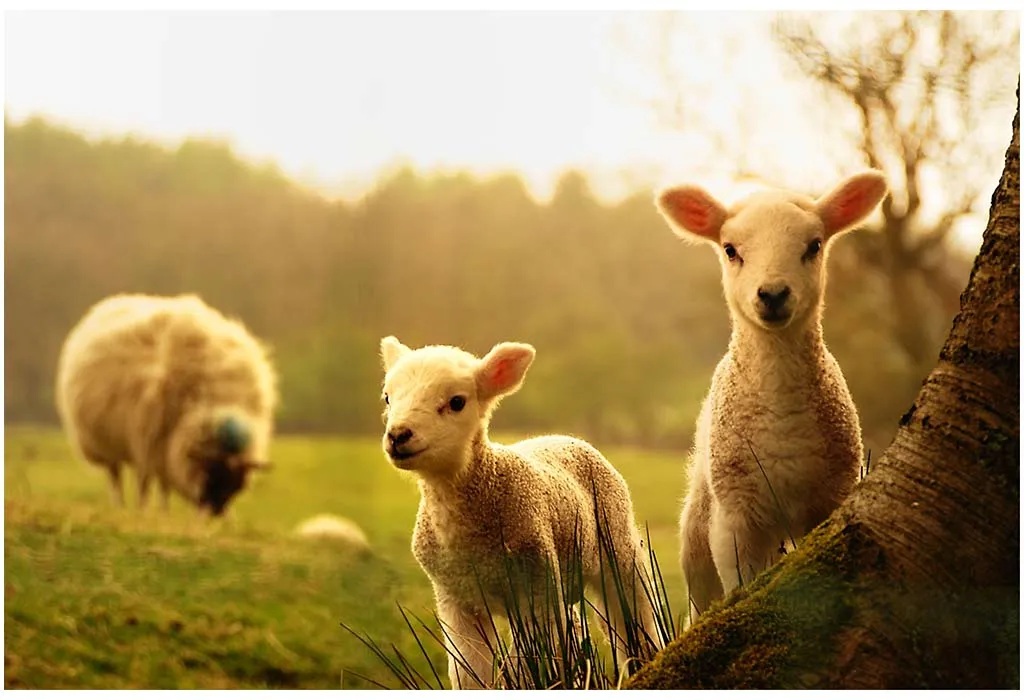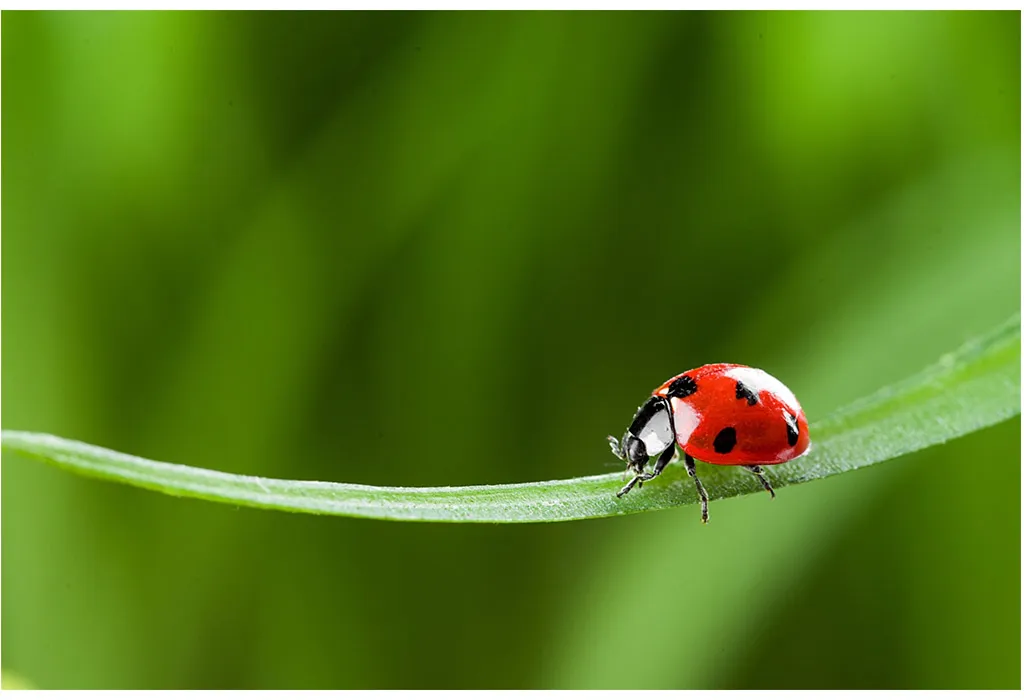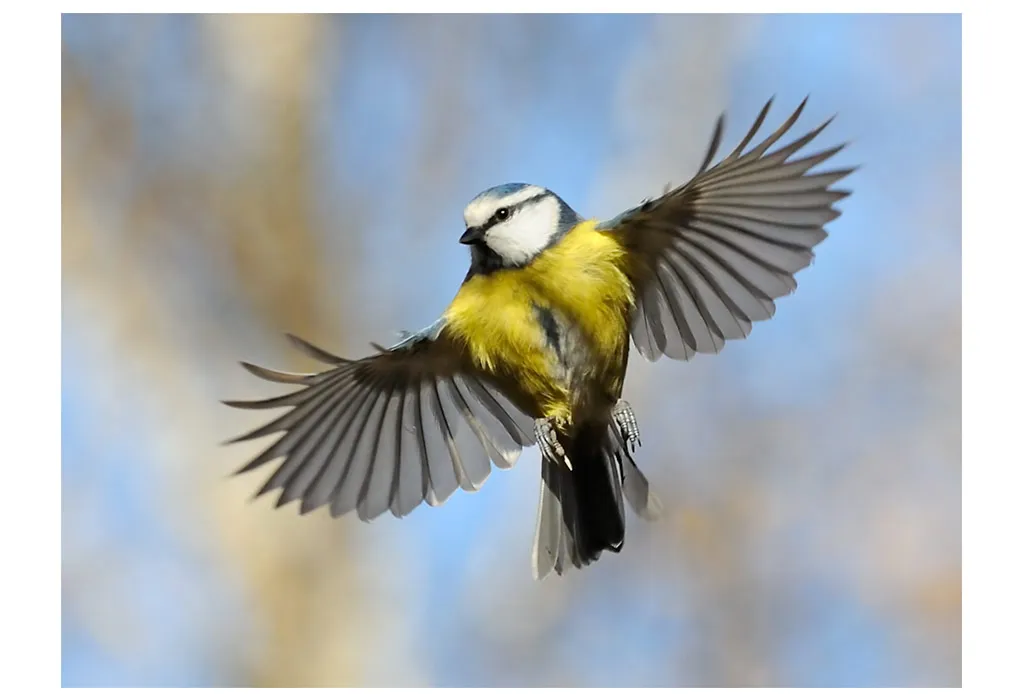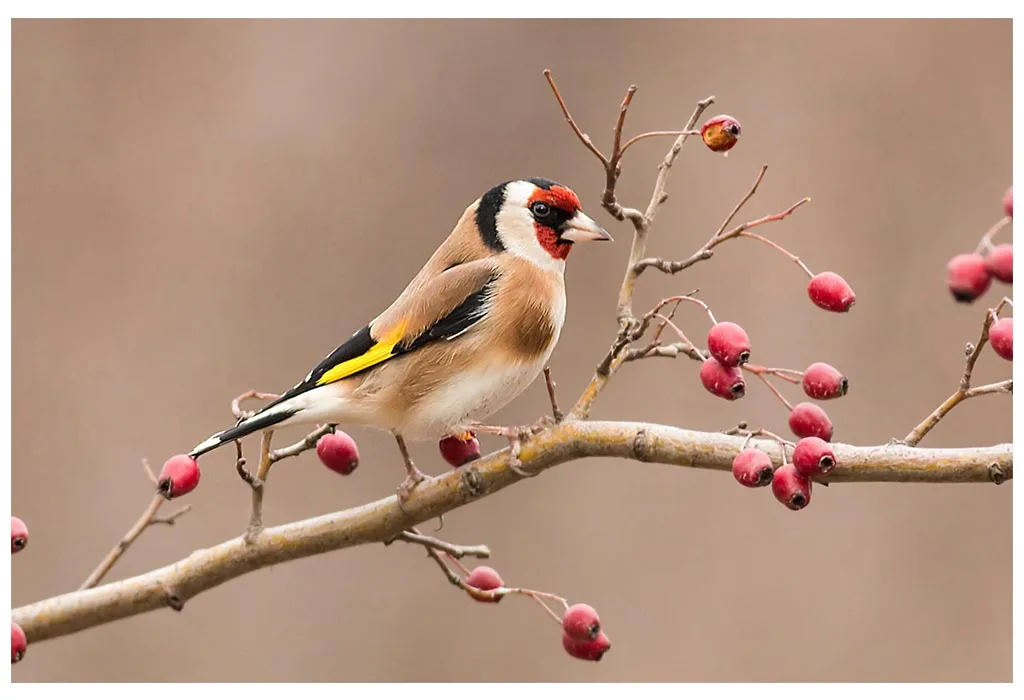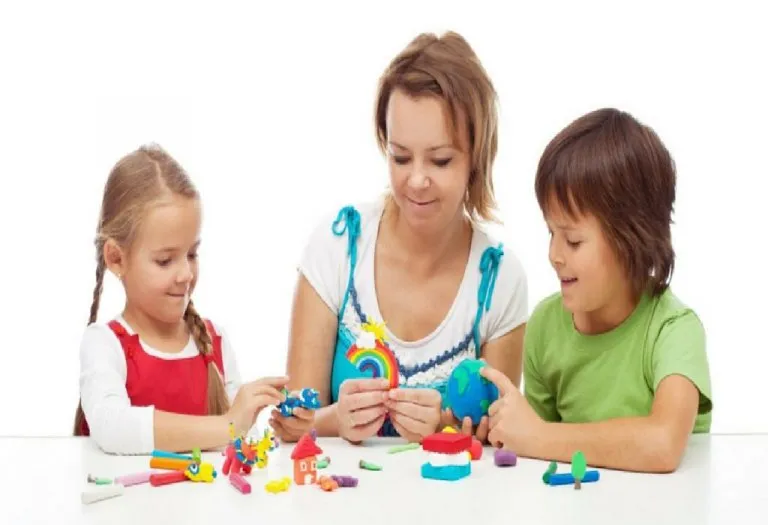20+ Fascinating Spring Animals that Kids Should Know About
The rhythm of nature is a marvel to observe, especially as it embraces the rejuvenating spirit of spring. This season ushers in a symphony of chirping birds, blossoming flowers, and, importantly, the bustling activity of various animals. The spring season provides a beautiful and educational backdrop for kids eager to learn and explore. With animals emerging from their winter rest and showcasing their offspring to the world, the picture of life becomes vivid and dynamic. Let’s explore this vibrant scene together, shining a spotlight on the spring animals ready to captivate children’s hearts and minds everywhere.
What Are Spring Animals?
As spring blankets the world in vibrant colours and renewed energy, a special group of animals leaps into action, fully embracing the warmth and liveliness of the season. These creatures are often called springtime animals because they awaken from their winter sleep, ready to bask in the season’s charm. With their young ones by their side, they’re eager to explore, find food, and play in the blossoming surroundings. Let’s explore these spring animals for kids more. This journey offers children a captivating way to bond with nature and grasp the circle of life in terms they can truly relate to.
A few fun and insightful facts about spring and its lively residents
- Spring is one of five seasons: summer, fall/autumn, monsoon, and winter.
- Thanks to our Earth’s unique tilt, as spring progresses, the days are longer than the nights.
- Otters sport thicker fur in spring, which keeps them warm and helps them float effortlessly in water.
- Some animals feel the gentle warmth and decide it’s time to shed their dense winter coats (1).
- Deer, in the midst of spring’s embrace, bring their fawns into the world. These young ones often stay close to their mothers for a year (2).
- Spring doesn’t dawn simultaneously for everyone; its arrival varies based on where you are in the world.
- Bunnies, always a symbol of life and renewal, often welcome multiple litters during this vibrant season (3).
- Ducklings emerging from their eggs are a delightful sight in spring. Soon, they waddle behind their mothers in perfect alignment (4).
For kids, every spring day is an unfolding adventure. These spring animals play the heroes and heroines, sparking wonder, teaching life lessons, and filling young hearts with joy.
List Of Spring Animals with Their Names
Spring brings to life a world filled with colourful creatures. It’s a wonderful opportunity for kids to learn spring animal names and get to know the animals that play in the sunshine and dance in the breezes. Ready to meet them? Let’s get started!
1. Robin
One of the first signs of spring, these cheerful birds sing beautifully.
Facts – Robins often symbolise renewal and joy.
Where It’s Found – Widespread across North America, especially in gardens and woodland areas.
2. Bunny
Fluffy and fast, bunnies hop around meadows, symbolising the season.
Facts – Bunnies are known for their keen sense of hearing and large litter.
Where It’s Found – Across various continents, especially in meadows and woodland edges.
3. Butterfly
These winged wonders emerge in spring, adding colour to the world.
Facts – Butterflies taste with their feet.
Where It’s Found – Globally, especially in gardens and fields.
4. Frog
Often heard croaking in ponds during spring nights.
Facts – Some frogs can jump 20 times their body length!
Where It’s Found – Wetlands, ponds, and lakes worldwide.
5. Lamb
Young sheep are often born in spring, capturing the essence of new life.
Facts – Lambs can stand within minutes of being born.
Where It’s Found – Farms and pastures globally.
6. Duckling
These fluffy young ducks waddle behind their mothers near ponds and lakes.
Facts – Ducklings are known to imprint on the first moving thing they see, usually their mother.
Where It’s Found – Ponds, lakes, and rivers across the globe.
7. Deer
Deer are graceful herbivores that are often seen with their fawns during spring.
Facts – Fawns have white spots that provide camouflage in the grass.
Where It’s Found – Forests and meadows across North America, Europe, and Asia.
8. Honeybee
Buzzing around flowers, they’re essential for pollination.
Facts – Bees communicate through dances called a ‘waggle (5).’
Where It’s Found – Almost everywhere, especially in gardens and meadows.
9. Squirrel
Squirrels are energetic climbers, often seen scampering around trees.
Facts – They can leap ten times their body length.
Where It’s Found – Woodlands and urban parks worldwide.
10. Ladybug
These tiny red beetles are a delightful sight atop plants.
Facts – They’re considered a symbol of luck in many cultures.
Where It’s Found – Gardens and forests across the world.
11. Song Thrush
They are recognisable by their melodic songs and brown plumage.
Facts – They use stones to smash snail shells for food.
Where It’s Found – Europe, Asia, and New Zealand, often in wooded areas.
12. Hedgehog
Small nocturnal mammals with protective spines.
Facts – They roll into a ball when threatened.
Where It’s Found – Europe, Asia, and Africa, typically in wooded areas.
13. Fox Cub
Young foxes are playful and curious.
Facts – Fox cubs are born blind and don’t open their eyes until they’re about two weeks old.
Where It’s Found – Forests and urban areas across the Northern Hemisphere.
14. Otter
Semi-aquatic mammals are known for their playful nature.
Facts – Otters use rocks as tools to open shells.
Where It’s Found – Freshwater habitats worldwide.
15. Blue Tit
Small birds with vibrant blue and yellow feathers.
Facts – They’re known for hanging upside-down to feed.
Where It’s Found – Europe and Western Asia, especially in woodlands.
16. Tadpole
These are baby frogs seen swimming in fresh waters.
Facts – Tadpoles undergo metamorphosis to become frogs.
Where It’s Found – Ponds, streams, and lakes globally.
17. Badger
Nocturnal mammals with distinctive black and white striped faces.
Facts – They live in complex underground burrow systems known as ‘setts.’
Where It’s Found – Woodlands and grasslands in Europe and North America.
18. Swallow
Swallows are birds known for their long migrations and forked tails.
Facts – Swallows can cover 200-300 miles a day during migration.
Where It’s Found – Almost everywhere, often seen in open areas like meadows.
19. Newt
Small amphibians often mistaken for lizards.
Facts – Some newts can regenerate lost limbs.
Where It’s Found – Wetlands in Europe, Asia, and North America.
20. Owl Chick
Young owls are still learning the ways of the nocturnal world.
Facts – They’re born without feathers but quickly develop a fluffy down.
Where It’s Found – Forests and grasslands worldwide.
21. Mole
Underground dwellers with strong forelimbs for digging.
Facts – Moles can dig up to 18 feet in an hour.
Where It’s Found – Grasslands and woodlands across North America, Europe, and Asia.
22. Goldfinch
Birds with vibrant yellow feathers, they often seen on thistle plants.
Facts – They have a special dance to attract mates.
Where It’s Found – Europe, North America, and Western Asia.
23. Salamander
Lizard-like amphibians are often seen after rains.
Facts – They can breathe through their skin (6).
Where It’s Found – Forests and wetlands worldwide.
24. Bat Pup
Baby bats that hang upside down like their parents.
Facts – Most bat pups are born blind and hairless.
Where It’s Found – Caves and woodlands across the globe.
25. Dormouse
Tiny rodents that are excellent climbers.
Facts – They can hibernate for up to 6 months in a year.
Where It’s Found – Woodlands in Europe and Asia.
The list above enriches our knowledge, helping kids understand the beautiful relationship between spring and animals.
As seasons shift, the vibrant parade of animals becomes a highlight for many children. Each creature, from the playful bunnies to the chirping robins, introduces them to the wonders of the natural world. Understanding the animals of the spring season not only fosters curiosity but also deepens the bond between kids and the environment. As every new spring day unfolds, it promises discovery, growth, and the timeless dance of life.
References/Resources:
1. Animals Shedding Their Winter Coats; Skyview Farm and Creamery; https://www.skyviewfarm.net/newsletter/gkwurd9k5g9jblr2sejdmpd8m4689k
2. Six things you should know about deer birthing season; The Royal Parks; https://www.royalparks.org.uk/news-blogs-press-releases/six-things-you-should-know-about-deer-birthing-season
3. 10 facts about spring; Met Office; https://www.metoffice.gov.uk/weather/learn-about/weather/seasons/spring/spring-facts
4. Here’s why ducklings swim in a row behind mom; Science News Explores; https://www.snexplores.org/article/physics-why-ducklings-swim-row-behind-mother-duck-waves-energy
5. Bees can dance, and other things you didn’t know; Royal Botanical Gardens Kew; https://www.kew.org/read-and-watch/bees-can-dance
6. Featured Creature: Salamander; Smithsonian’s National Zoo and Conservation Biology Institute; https://nationalzoo.si.edu/animals/news/featured-creature-salamander
Also Read:
30 Smartest Animals in the World
Interesting and Educative Aquatic Animals Information For Children
Was This Article Helpful?
Parenting is a huge responsibility, for you as a caregiver, but also for us as a parenting content platform. We understand that and take our responsibility of creating credible content seriously. FirstCry Parenting articles are written and published only after extensive research using factually sound references to deliver quality content that is accurate, validated by experts, and completely reliable. To understand how we go about creating content that is credible, read our editorial policy here.





